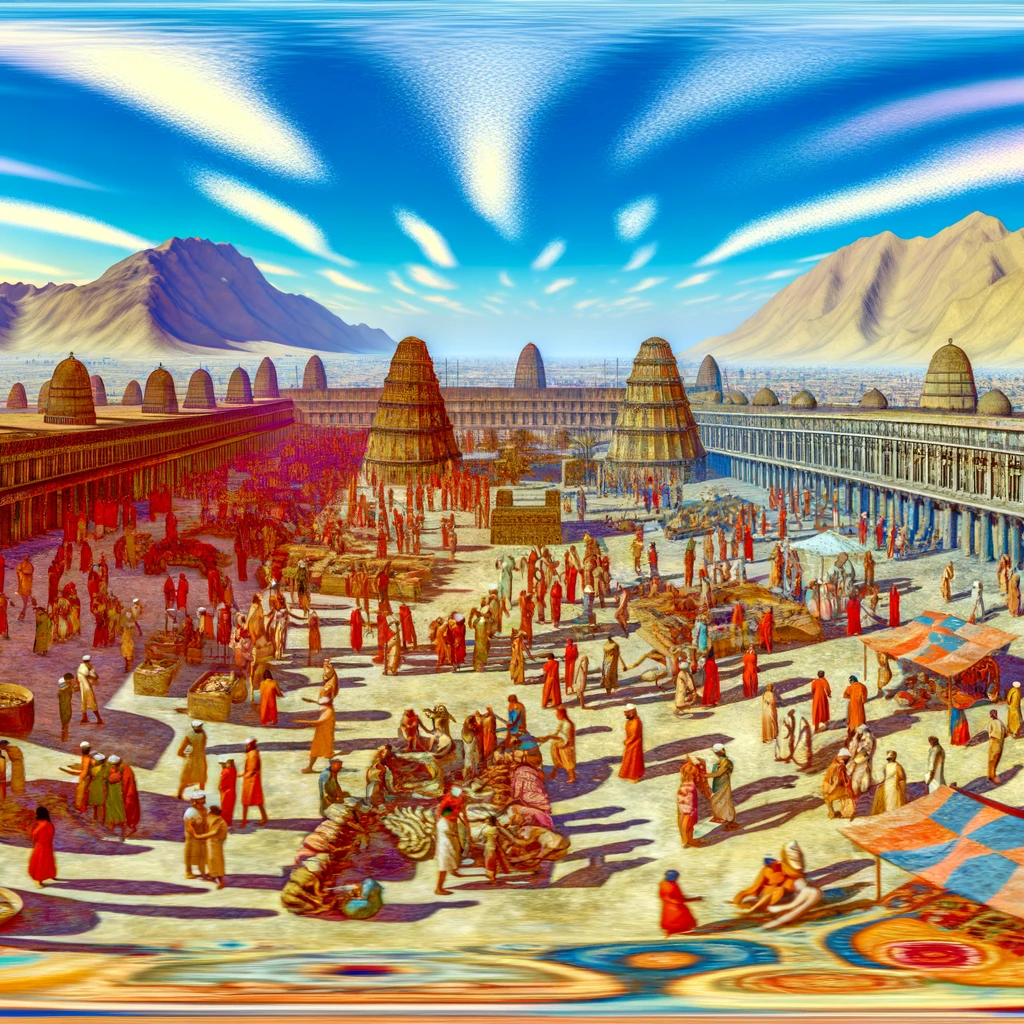
The Rise and Fall of Civilizations: A Historical Overview
Civilizations, the complex societies characterized by urban development, social stratification, and symbolic systems of communication, have risen and fallen throughout history. The study of these civilizations provides insight into the patterns and factors that contribute to their growth and decline. Understanding these elements not only enriches our knowledge of history but also equips us with valuable lessons for the future.
Factors Contributing to the Rise of Civilizations
Geography and Environment: The geographical location and environmental conditions have played a crucial role in the development of civilizations. Fertile lands, access to water sources, and favorable climates contributed to agricultural surpluses, which allowed societies to flourish.
Trade and Economy: Economic prosperity, often driven by trade, enabled civilizations to expand and strengthen their influence. Trade routes facilitated the exchange of goods, ideas, and technologies, contributing to cultural and economic growth.
Political Organization: Effective governance and political stability were essential for the growth of civilizations. Strong leadership and organized governments helped maintain order, implement laws, and facilitate large-scale projects such as infrastructure development.
Cultural and Technological Advancements: Innovations in technology and culture, including the development of writing systems, architectural advancements, and artistic expressions, played a significant role in the rise of civilizations. These advancements not only improved the quality of life but also enhanced cultural identity and cohesion.
The Fall of Civilizations: Causes and Consequences
Environmental Degradation: Many civilizations declined due to environmental factors, such as soil depletion, deforestation, and climate change. These issues often led to agricultural failures and resource scarcity.
Political Instability: Internal conflicts, corruption, and ineffective leadership often destabilized societies. Political fragmentation and power struggles weakened centralized control, leading to the decline of civilizations.
Economic Decline: Economic challenges, including inflation, trade disruptions, and loss of economic competitiveness, contributed to the downfall of many civilizations. Economic instability often resulted in social unrest and weakened the state's ability to respond to crises.
Invasions and External Threats: External threats, such as invasions by neighboring tribes or empires, often played a role in the collapse of civilizations. The inability to defend against these threats frequently resulted in the loss of territory and resources.
Lessons from History
Adaptability and Resilience: Successful civilizations were often those that could adapt to changing circumstances. Flexibility in governance, economy, and culture allowed societies to overcome challenges and thrive.
Innovation and Progress: Continuous innovation in technology and culture is crucial for the sustainability of civilizations. Societies that invested in education, research, and development were better equipped to face future challenges.
Sustainability and Environmental Stewardship: The importance of sustainable practices and environmental stewardship cannot be overstated. Learning from past mistakes can guide current societies in managing resources responsibly to ensure long-term prosperity.
Unity and Social Cohesion: Maintaining social cohesion and unity is essential for the stability of civilizations. Inclusivity, equity, and social justice contribute to harmonious societies that can withstand internal and external pressures.
Conclusion
The rise and fall of civilizations throughout history offer invaluable lessons for contemporary societies. By understanding the factors that contributed to the success and failure of past civilizations, we can better navigate the challenges of the present and future. Emphasizing adaptability, innovation, sustainability, and social cohesion will help ensure the longevity and prosperity of modern civilizations.
Related Articles





